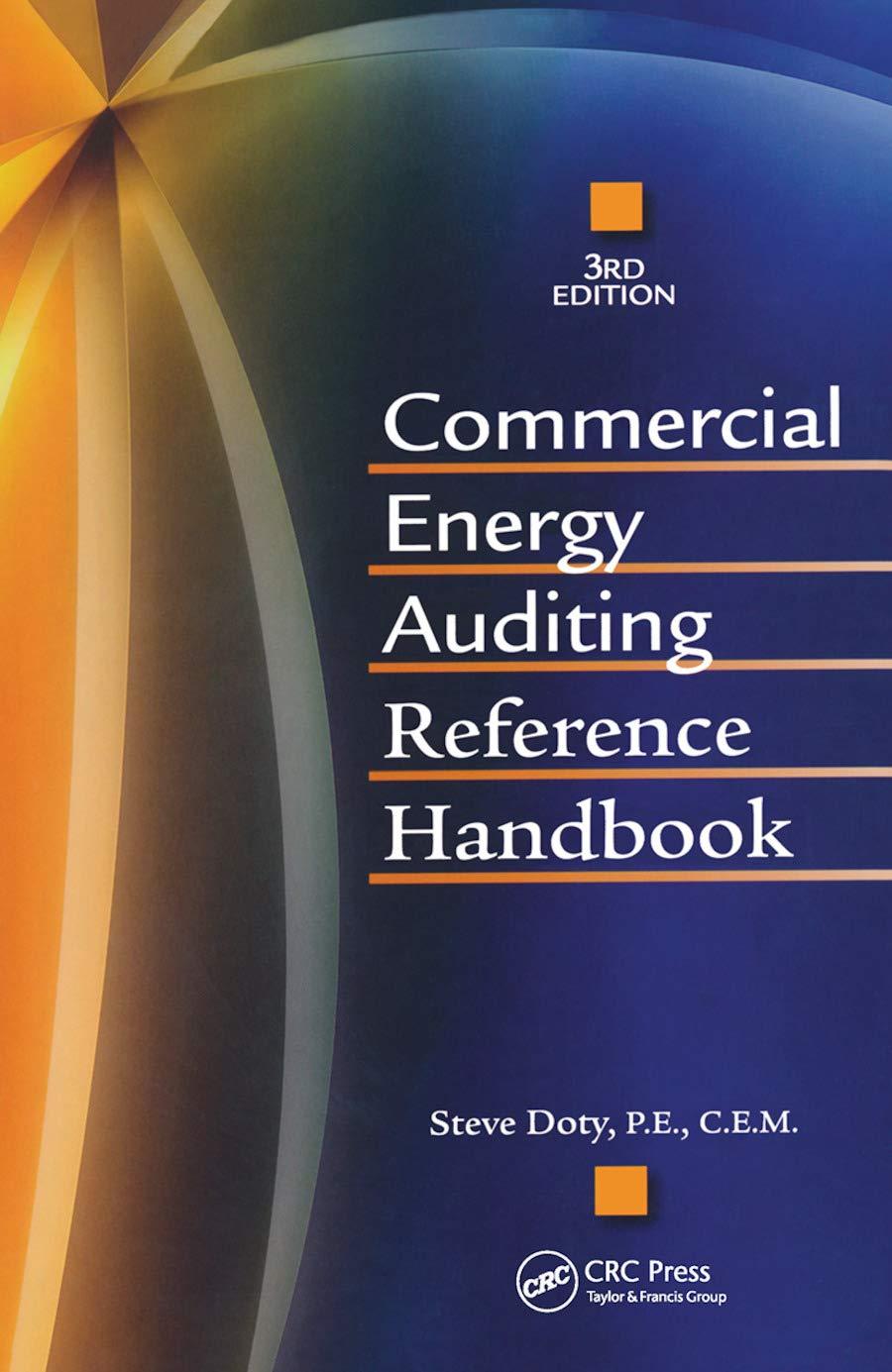Question
EE-8A. Future Value Computation What amount will be accumulated in four years if $10,000 is invested every six months beginning in six months and ending
EE-8A. Future Value Computation What amount will be accumulated in four years if $10,000 is invested
every six months beginning in six months and ending four years from today? Interest will accumulate
at an annual rate of ten percent compounded semiannually.
EE-9A. Future Value Computation You are scheduled to receive $10,000 every six months for eight peri-
ods beginning in six months. What amount in four years is equivalent to the future series of payments
assuming interest compounds at the annual rate of eight percent compounded semiannually?
EE-10A. Present Value Computation Savanna, Inc., believes it will need $150,000 in five years to expand its
operations. Savanna can earn five percent, compounded annually, if it deposits its money right now.
How large of a deposit must Savanna make in order to have the necessary $150,000 in five years?
EE-11A. Future Value Computation Kate Company deposited $12,000 in the bank today, earning eight per-
cent interest. Kate plans to withdraw the money in five years. How much money will be available to
withdraw assuming that interest is compounded (a) annually, (b) semiannually, and (c) quarterly?
EE-12A. Future Value Computation Stan Smith deposited $5,000 in a savings account today. The deposit
will earn interest at the rate of eight percent. How much will be available for Stan to withdraw in four
years, assuming interest is compounded (a) annually, (b) semiannually, and (c) quarterly?
EE-13A. Present Value Computation Paul Jefferson made a deposit into his savings account three years ago,
and earned interest at an annual rate of eight percent. The deposit accumulated to $30,000. How much
was initially deposited assuming that the interest was compounded (a) annually, (b) semiannually, and
(c) quarterly?
EE-14A. Future Value Computation Kendal Jennings has decided to start saving for his daughters college
education by depositing $3,200 at the end of every year for 18 years. He has determined that he will
be able to earn six percent interest compounded annually. He hopes to have at least $90,000 when his
daughter starts college in 18 years. Will his savings plan be successful?
EE-15A. Present Value Computation Kershaw Bales won the state lottery and was given four choices for
receiving her winnings.
1. Receive $500,000 right now.
2. Receive $540,000 in one year.
3. Receive $50,000 at the end of each year for 20 years.
4. Receive $45,000 at the end of each year for 30 years.
Assuming Kershaw can earn interest of eight percent compounded annually, which option should
Kershaw choose?
Step by Step Solution
There are 3 Steps involved in it
Step: 1

Get Instant Access to Expert-Tailored Solutions
See step-by-step solutions with expert insights and AI powered tools for academic success
Step: 2

Step: 3

Ace Your Homework with AI
Get the answers you need in no time with our AI-driven, step-by-step assistance
Get Started


